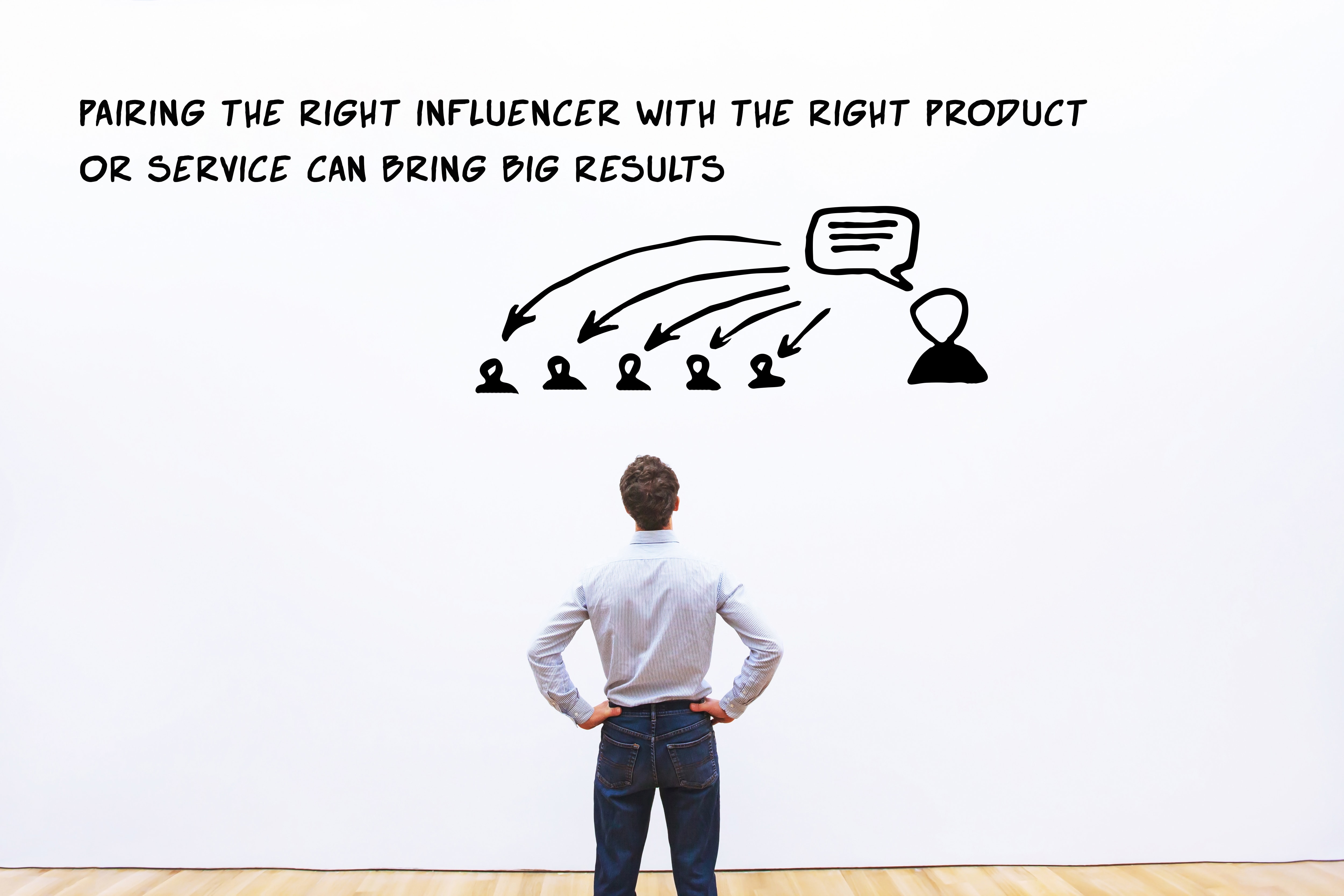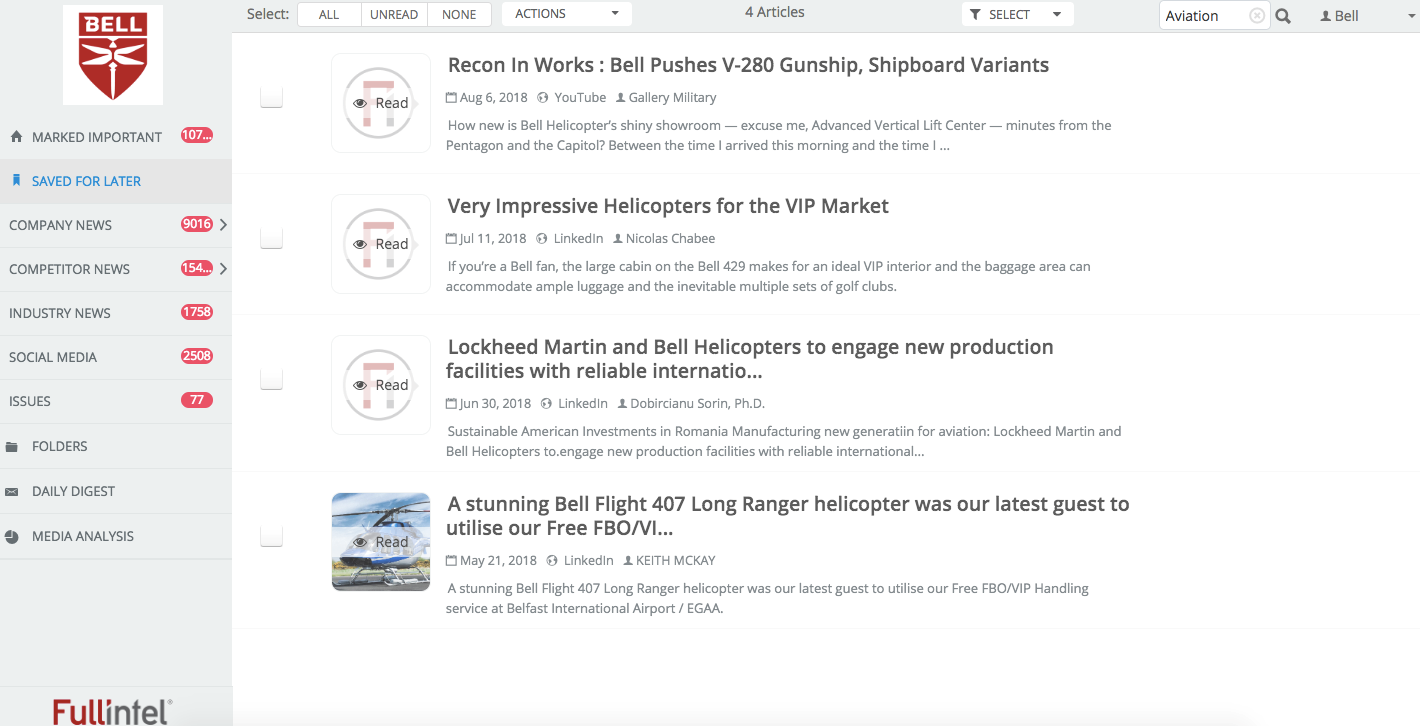
Influencer marketing has incredible potential for most brands, yet there’s a struggle to find the right influencers and get value out of these programs.
Whatever your goals for marketing are, whether it’s building consumer trust and accessing new audiences or boosting awareness and generating low cost, high-value traffic, influencer marketing can play a role.
It also offers a strong ROI over other media channels. Pairing the right influencer with the right product or service can bring big results, but in order to do this, you need to lay a strong foundation. In fact, according to TapInfluence and Nielsen, influencer marketing created $285 incremental sales per 1000 impressions — that’s 11x the annual ROI of traditional marketing!
The challenge with influencer marketing is that while companies are investing, it’s still an evolving field, and teams are charting a new course. Some companies are reluctant to get started as they feel it’s not an established marketing channel, and they don’t feel comfortable taking a risk.
For influencer marketing to drive the desired ROI for brands, there needs to be a focus on building a thoughtful strategy that’s based on gaining a deep knowledge of the influencers and how you can best work with them.
Influencer Marketing Strategy
Here are the five strategies to get more out of your influencer marketing.
1. Set Clear Influencer Marketing Goals
Like any marketing campaign, influencer marketing needs a clear goal. Is it brand awareness, sales, new audiences, or greater reach on social media that you’re looking to achieve? By choosing a focus that supports business outcomes, you can set a clear path towards where you are headed with your efforts.
All of these goals should be measurable. If you want more followers on Instagram, you want to determine how many and by what date. If you’re after impressions, you need a specific number in mind.
When setting your goals for influencer marketing, begin by determining which KPIs your program will support. For example, if you’re going after sales, then a revenue KPI would be appropriate.
By having specific targets that you are looking to meet, you’ll be able to measure how successful your influencer marketing actually is. This will help ensure your influencer marketing efforts aren’t just a vanity exercise.
2. Determine Your Audience
For influencer marketing to be most impactful, you need to ensure that you understand YOUR audience — and not just get excited about the audiences of the influencers in your space.
Take the time to understand who in your target audience follows influencers and is likely to be on the receiving end of a campaign.
From there you can look at their behavior and motivations, including what they want from your brand, what they think of your brand, and what gets them to act.
Also, you want to determine where they hang out. Are they on Instagram or reading a specific type of niche blog? Working with influencers requires you to pick ones that are on the channels that are most relevant to your audience. There’s no point wasting time on a blog if Instagram is where the bulk of your target audience is.
3. Monitor Digital Watering Holes To Identify Potential Influencers
Now that you understand your audience, you can start working to identify potential influencers in a number of different ways.
At a high-level, you can search on various social channels and on Google to come up with a potential list, but then you want to go one step further and use keywords or specific topics to monitor your relevant networks for influencers covering them.
This approach will help you identify influencers that may not be obvious with a quick search and to ensure you’re looking at the widest possible pool to work with. You’ll want to monitor influencers on social media so you can see how they interact with their audience and gauge their level of activity.
If you’re short on time, influencer monitoring services can be helpful as they can do the legwork for you to help identify influencers that are an ideal fit.

Before reaching out to influencers, spend ample time reviewing their platform and monitoring them for weeks (or even months) so you get insight into how you can best work with them. Investing upfront in influencer monitoring can help you save valuable time and money being wasted on influencers that are a poor fit for your brand.
Look for influencer monitoring that isn’t just about a report but incorporates analysis and has a human doing the monitoring, so your results are specific and curated for your brand.
The best results from an influencer will be achieved by finding someone who truly believes in your brand; someone who genuinely likes what you do and what your company stands for will be more successful in portraying your brand to their audience. People can feel authenticity, and a trusted influencer will convey that easily if they are excited about your products and services.
4. Establish A Relationship With The Influencer
Once you have a preferred list of potential influencers, now you want to start building a relationship — and this doesn’t happen by just sending them a DM.
Influencers are people, and they want to do business with companies that they know, like, and trust, so spend some time engaging with their content, sharing their content so they can get to know you. You want them to recognize your name when you’re ready to make your pitch about a collaboration.
Then at the point, you’re ready to reach out, customize your approach, so they feel like you’re a good fit, and you understand their needs. You want them to know that you’re well-versed on who they are and show them that working together can be a win-win for everyone involved.
Where many brands can run into challenges with influencer marketing is by trying to completely control what the influencer is saying or doing to promote their services or products. That’s why establishing a strong relationship with an influencer requires a solid foundation of trust. Allowing the influencer a high level of control over the content they promote is going to yield better results as they know their audience best.
The goal with your influencer marketing is to build ongoing collaborations instead of a just a one and done transaction. You want to position your company as one that creates long-lasting relationships with influencers, and make it so influencers WANT to work with you.
5. Measure Results
Once your campaign is completed, it’s time to go back to your original goals. You should be checking your results against both your company goals as well as ones you set in conjunction with the influencer to measure how successful your campaign has been.
If you want to ensure your measurement accurately reflects the goals of the campaign, having mechanisms in place that provide tangible information will be necessary. For example, if the goal of the influencer campaign is sales, this can be measured via a referral link or a discount code. If the goal is visibility, then you’ll want to focus on measuring impressions or even referral traffic to your site.
There’s no shortage of ways to measure the success of your campaigns. The key is focusing on the right metrics, so you can accurately pinpoint what’s working and what’s not with your influencer marketing.
Knowing that your goal is to create an ongoing engagement with the influencer, spending time on measurement will be how you can evaluate success and also adjust as you go.
For those looking to get into the influencer marketing arena, reporting can be leveraged to help determine the most effective strategy. Working with a company that offers specialized services for influencer monitoring and brand monitoring can provide direction and insight that companies just entering the influencer marketing space may need.
For example, one of our clients, MUFG Bank Ltd., has been using reporting provided by our analysts to prioritize who to reach out to, what topic they should be approaching the influencer with, and when they should contact them.
No matter what your brand stands for or what you’re wanting to promote, knowing which influencer marketing strategies to employ will save valuable time and effort. While influencer marketing may seem trendy, it’s here to stay, and the potential for strong ROI makes it worth exploring what it can do for your business.

